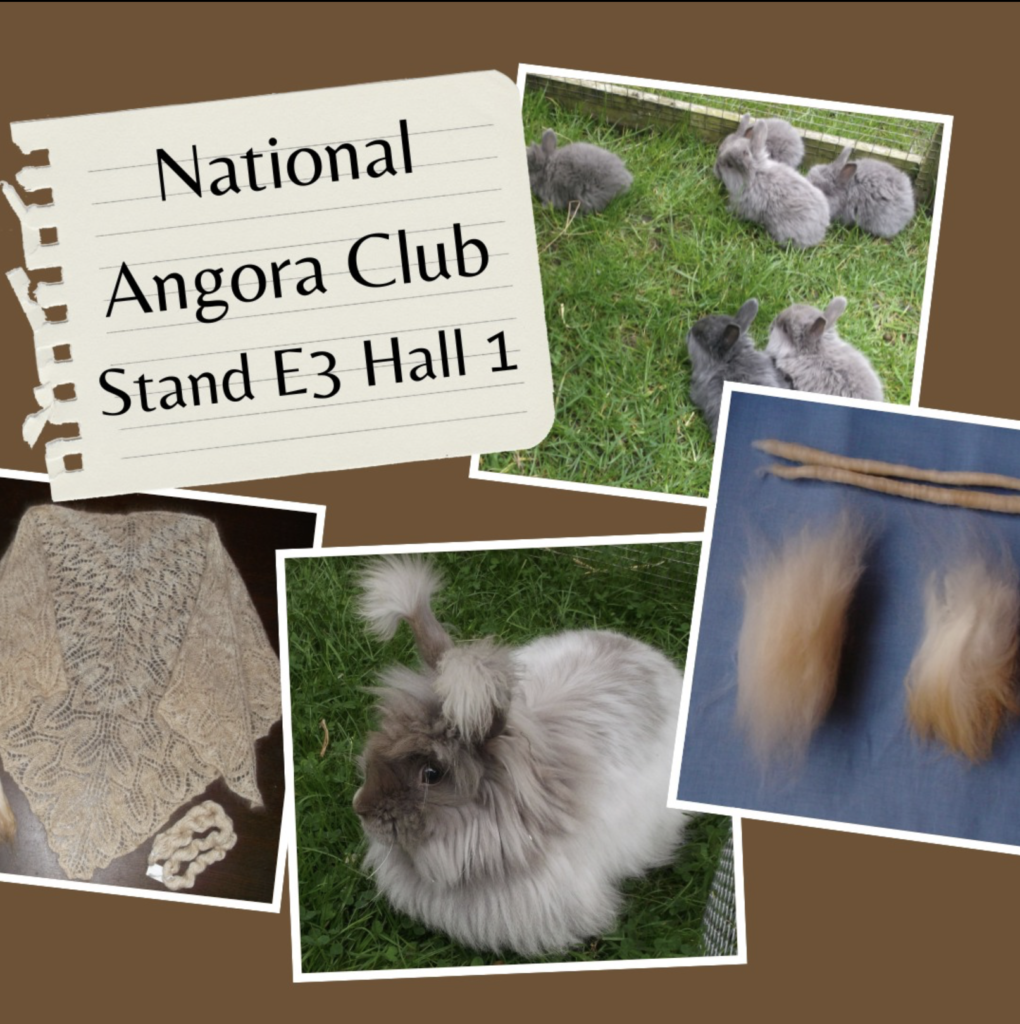
For more information visit their website: https://wonderwoolwales.co.uk/
Dates: 27th and 28th of April 2024 at the Royal Welsh Showground, Builth Wells, Llanelwedd, Builth Wells LD2 3SY
Times: Saturday 10am – 5:30pm, Sunday 10am – 4:30pm

For more information visit their website: https://wonderwoolwales.co.uk/
Dates: 27th and 28th of April 2024 at the Royal Welsh Showground, Builth Wells, Llanelwedd, Builth Wells LD2 3SY
Times: Saturday 10am – 5:30pm, Sunday 10am – 4:30pm
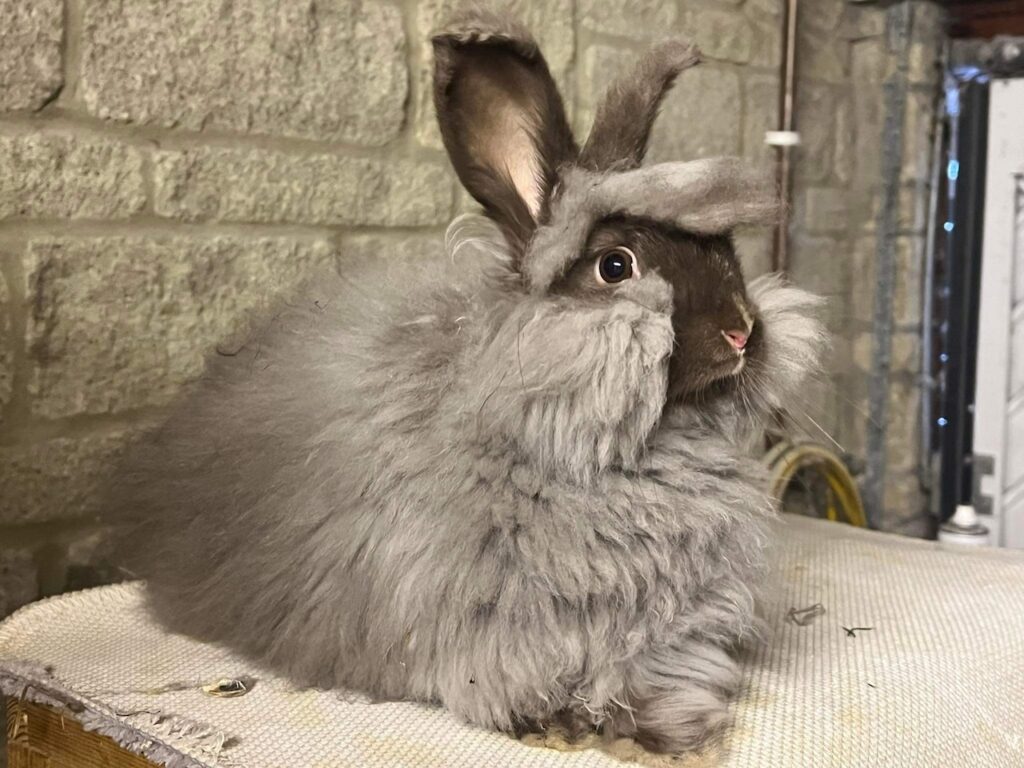
Meet Coco, a Chocolate Angora Rabbit who is around 12 weeks old and the daughter of Jirachiri and Lin Chung who was reared by a Dwarf lop.
Come and see us at the Bradford small animal show held at the Doncaster Racecourse on the 3rd and 4th of February 2024, tickets are available but only on line.
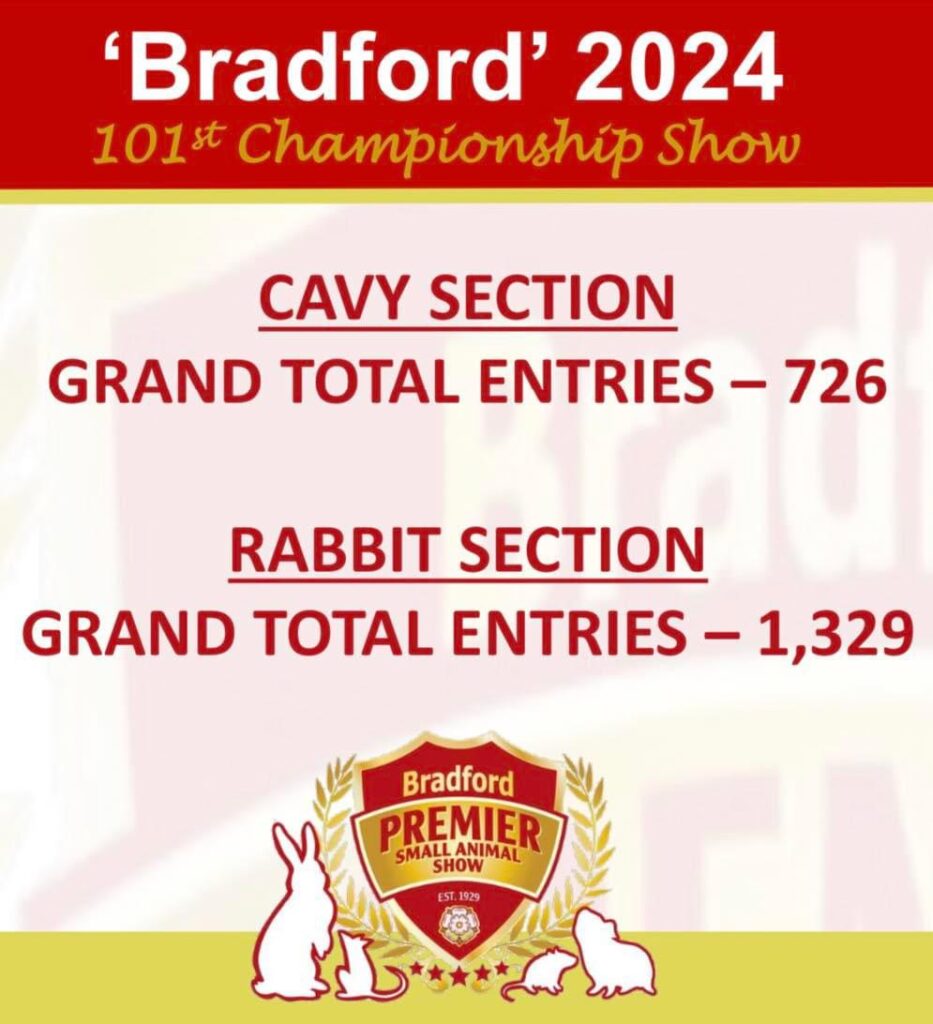
We look forward to seeing you all there.
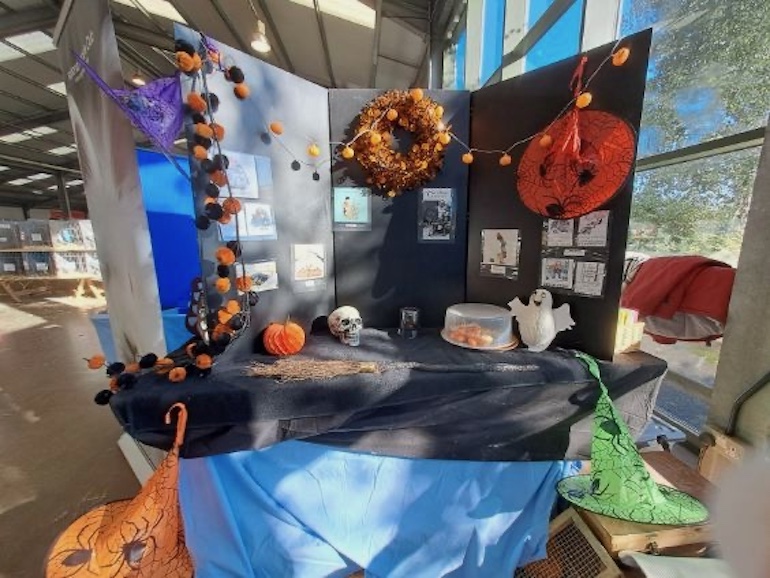
The product competition had a Halloween theme this year……. for winners watch this space.
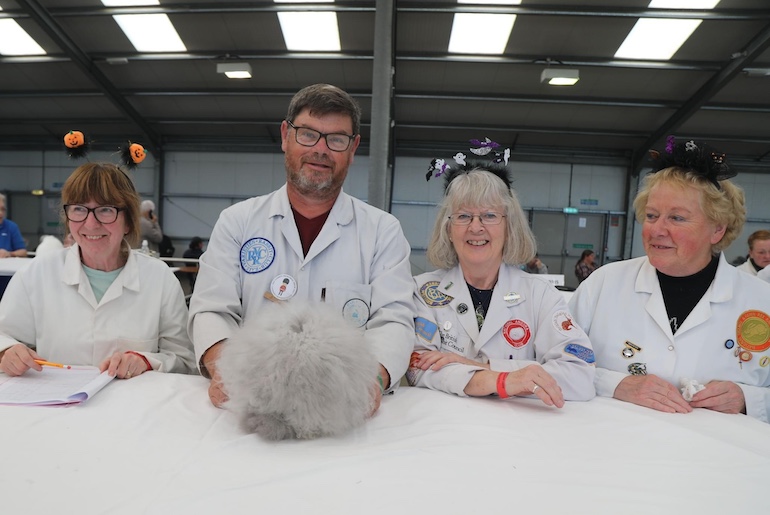
Line up at Stock Show AA challenge was Whincup & Grindey 1st and 2nd with adult whites, Sally May, Bourne Stud 3rd with a smoke doe 4th Whincup & Grindey with a Chocolate, 5th Christine Hamilton with a gold, 6th Orrey Pike with a blue, 7th Sally May with a lilac.
Coloured challenge 1st Sally May, with a smoke, 2nd Whincup and Grindey with a chocolate, 3rd Christine Hamilton with a gold , 4th Orrey Pike with a Blue, and sally May with a lilac. The full breakdown will be posted in Fur and Feather.
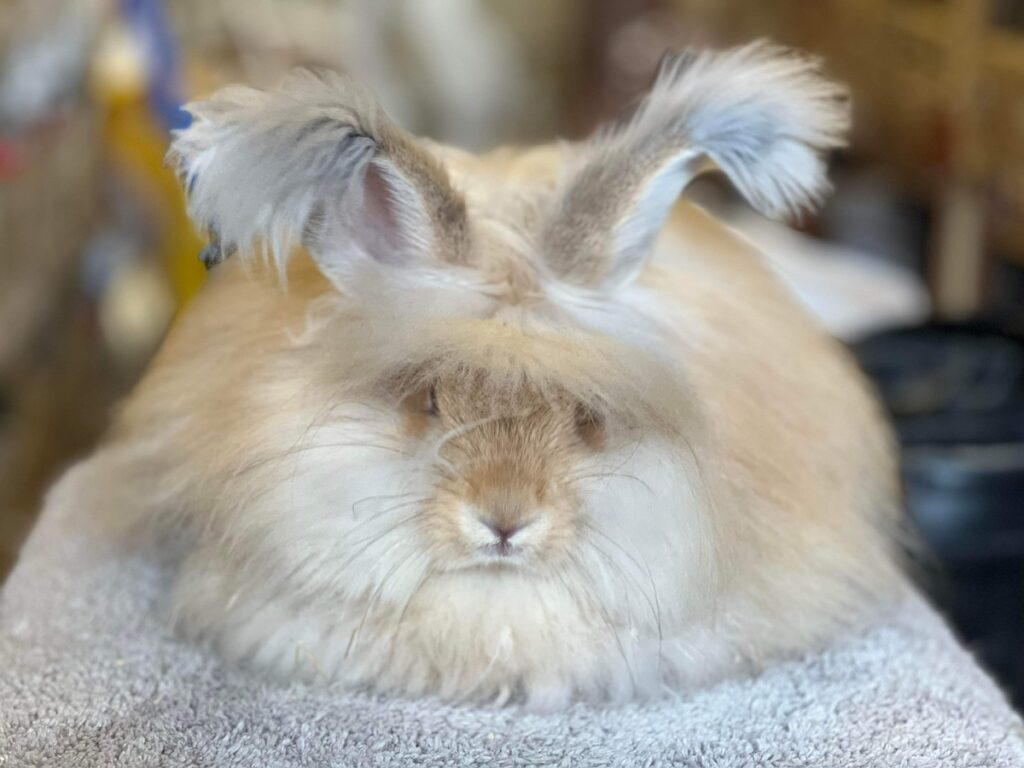
It is always good to watch how your Angora rabbits develop over time and photographs are a good way to document their process. Despite trying to assess which one may have a better show coat or body type from a very young age, this does not always help if they turn out to be a rabbit who is messy or one who chews their coat.
Here are some of my babies developing well and grooming will be the key in preparation for their show day, too much can damage the coat so grooming needs to be done carefully to ensure you maintain as much of the guard hairs as possible.
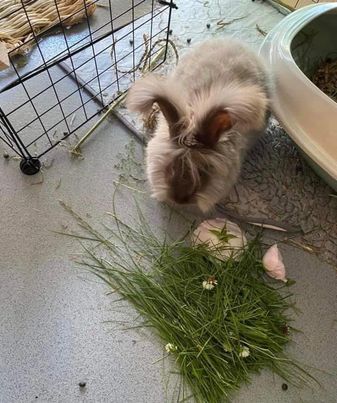
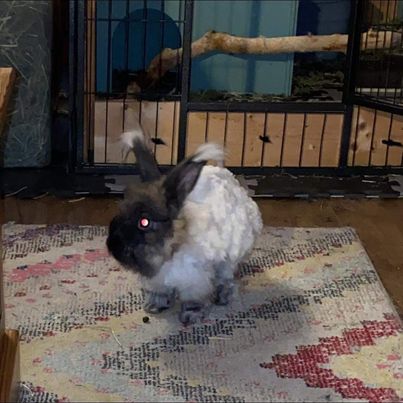
Meet Maple and Albie, they are both neutered rabbits who are used to living indoors and need a new home and have now found one.
Maple is a two-year-old who is fully vaccinated and spayed and bonded with Albie who is 18 months old and also fully vaccinated and neutered. Maple is ringed while Albie is not.
I can confirm they have now found new homes, thank you to everyone who offered.
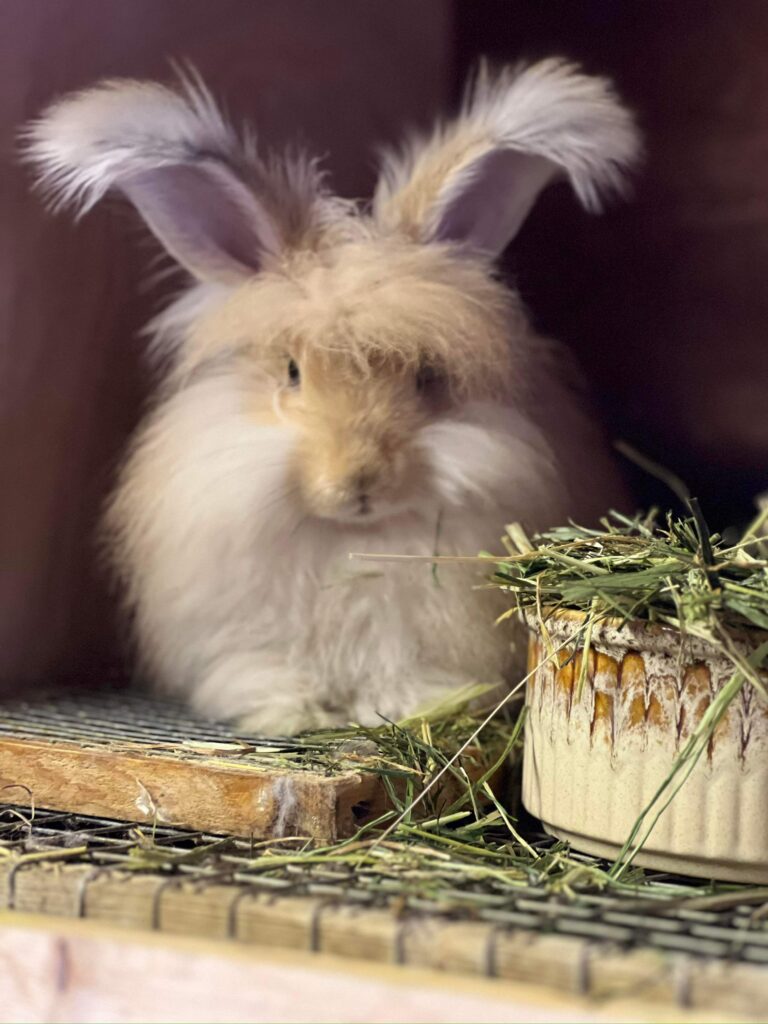
I hope all members have been keeping well?
Following the invitation to publish some content regarding my rabbits, I thought I’d share some exciting things that have been happening out in my shed since my last post.
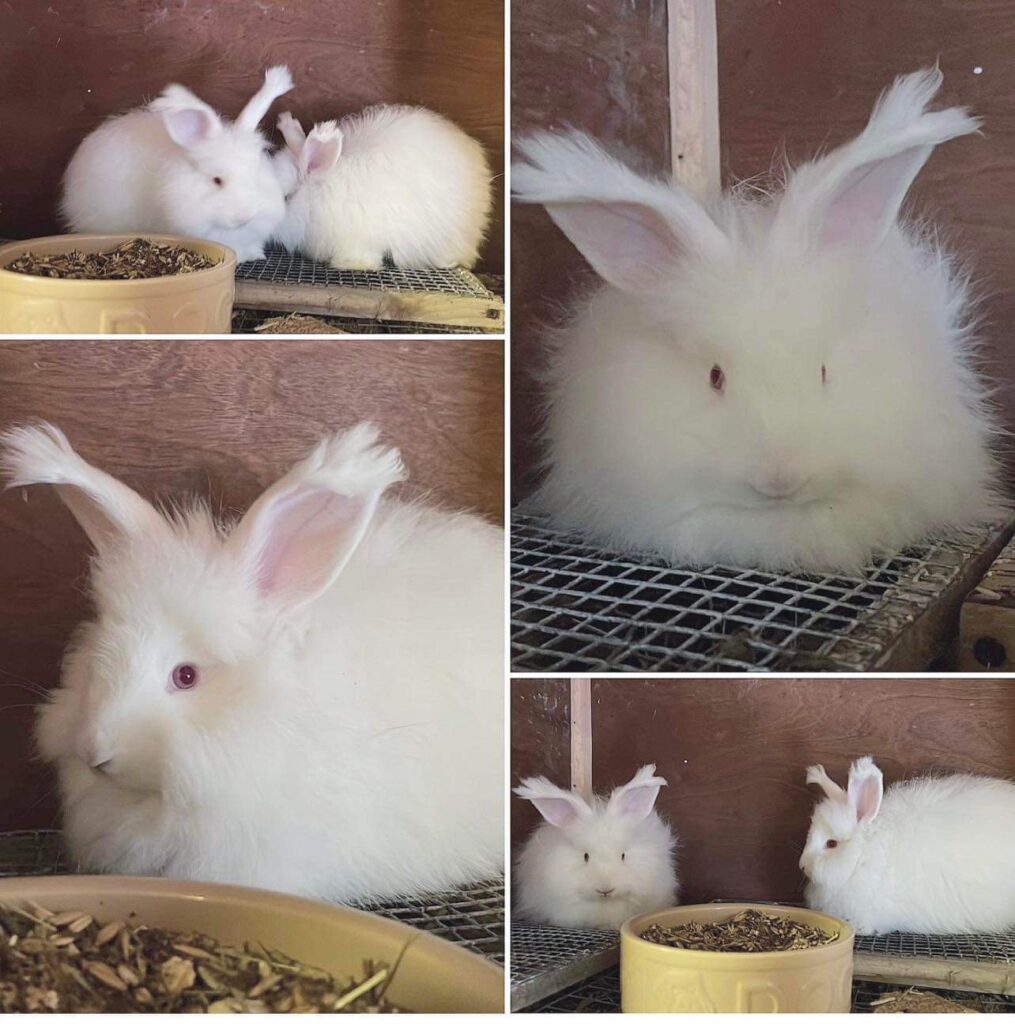
Barbie and Byng, 7-week-old white English Angora rabbit babies. Bred by Orrey and coming along nicely, hopefully they will stay clean and be ready for showing when the time is right.
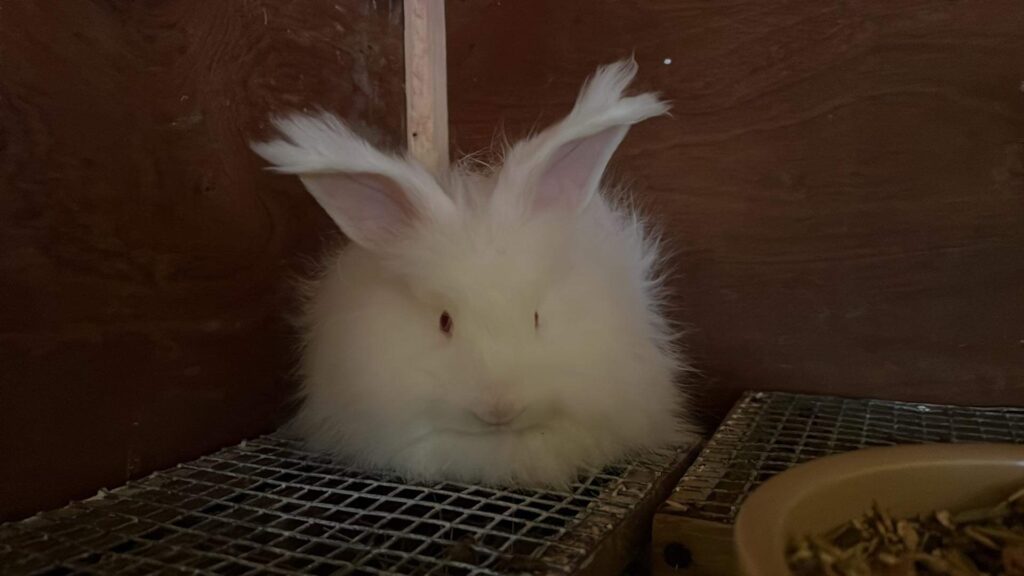
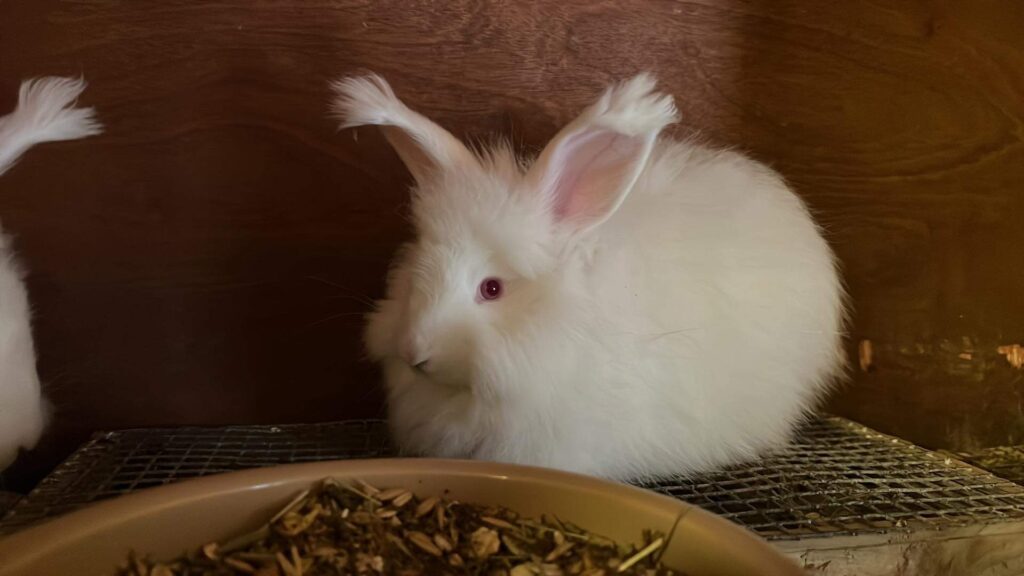
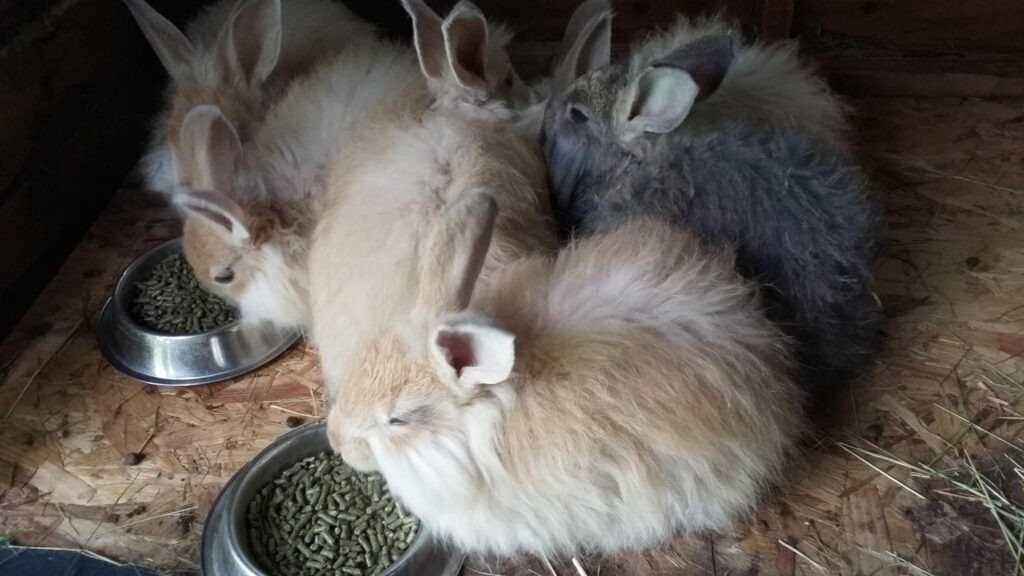
Our newest litter of gold (+one agouti) German/Continental Angora bunnies.
Coming up 9 weeks old now and are as cute as can be are looking for good homes.
Please contact the NAC for more information about Peter Barker’s Angora rabbits for sale.